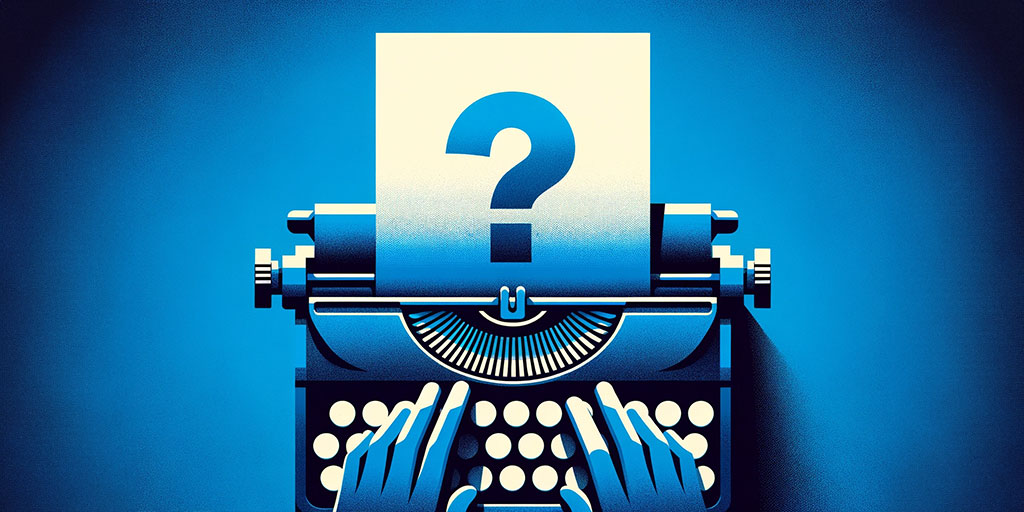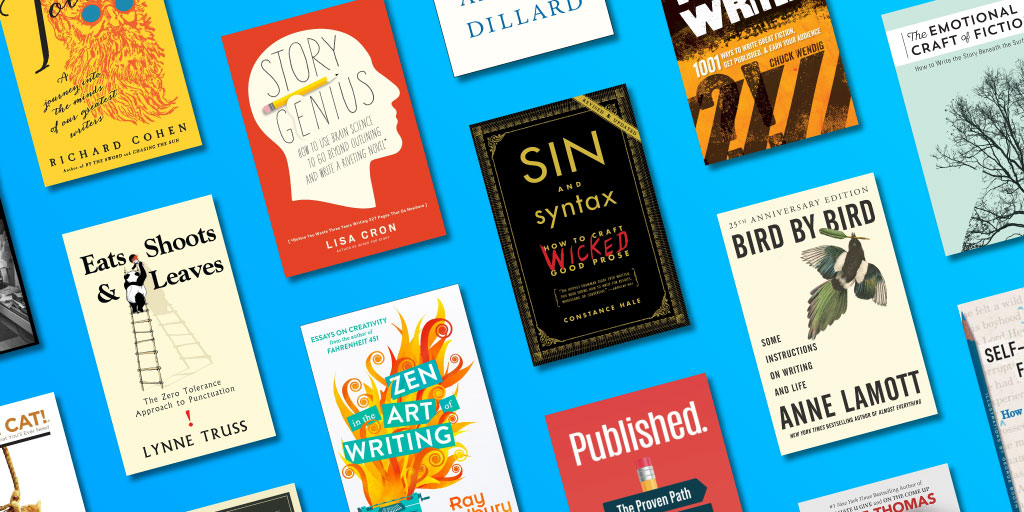Writing is an art form that requires continuous learning and development. Whether you’re a seasoned writer or just starting out, there’s always room to improve your craft. That’s why we’ve put together a list of the 27 best books on writing to help you take your skills to the next level.
From classic to contemporary, they cover everything from the fundamentals of grammar and syntax to the intricacies of storytelling and character development. So, whether you’re looking to sharpen your skills or simply seeking inspiration, there’s something on this list for everyone.
The Craft of Writing
By teaching techniques to create stories, plots, characters, style, tone, and grammar, the following general guides on writing can help writers produce engaging content that resonates with their audience. They provide a wealth of information for aspiring and experienced writers alike.
The Kick-Ass Writer, by Chuck Wendig
The Kick-Ass Writer is a comprehensive guidebook for aspiring writers, written in a conversational and irreverent style, with humor and profanity interspersed throughout. It includes 1,001 tips and strategies to help writers improve their craft. Topics covered include developing characters, creating memorable dialogue, building plot and structure, crafting immersive settings, and beating writer’s block.
It also digs into the business side of being a writer, with advice on how to find an agent, write query letters, build an audience, and promote books.
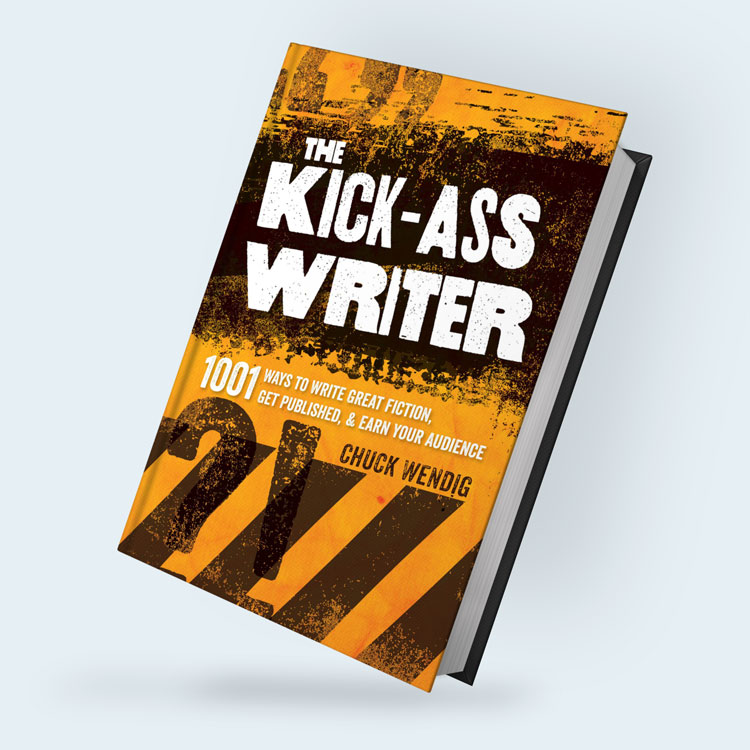
On Writing: A Memoir of the Craft, by Stephen King
On Writing shares best-selling author Stephen King‘s experiences, habits, and convictions that have shaped him as a writer. It is a mix of memoir and master class, providing practical advice grounded in King’s memories, from childhood through his early career struggles and recovery from a near-fatal accident.
The middle sections of the book delve into the tools of the trade, with King offering practical tips for improving one’s writing, including plot and character development, work habits, grammar, style, and handling rejection.
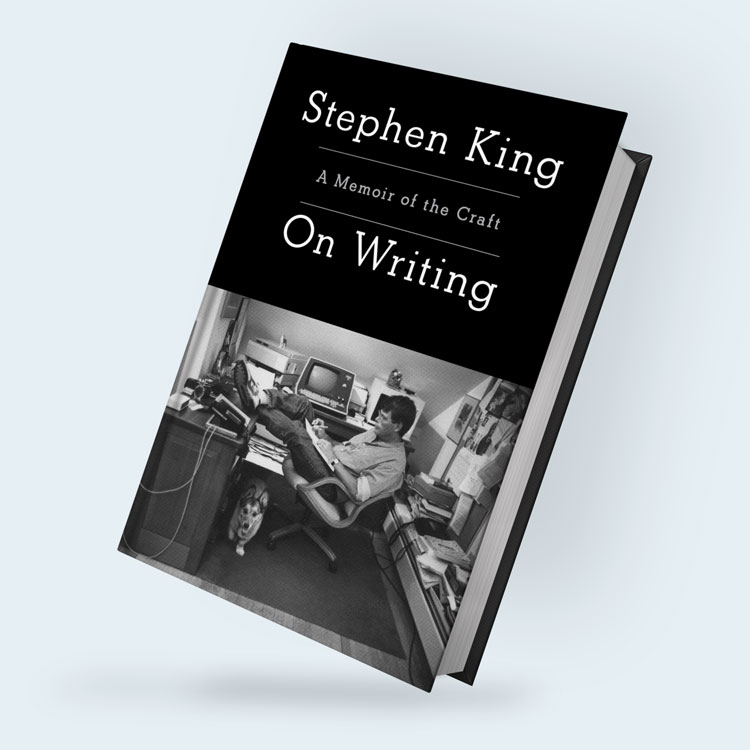
How to Write Best Selling Fiction, by Dean Koontz
A classic published in 1981, Koontz tells writers how to write a bestselling novel. With two dozen New York Times bestsellers to his name, he is superbly well-qualified to lead you on this quest.
The book is divided into three sections. The first section focuses on the fundamentals of writing, such as developing a strong plot, creating memorable characters, and crafting effective dialogue. The second explains the mechanics of writing, such as sentence structure, pacing, and tone. The final section explores business aspects, including finding an agent, negotiating contracts, and marketing one’s work.
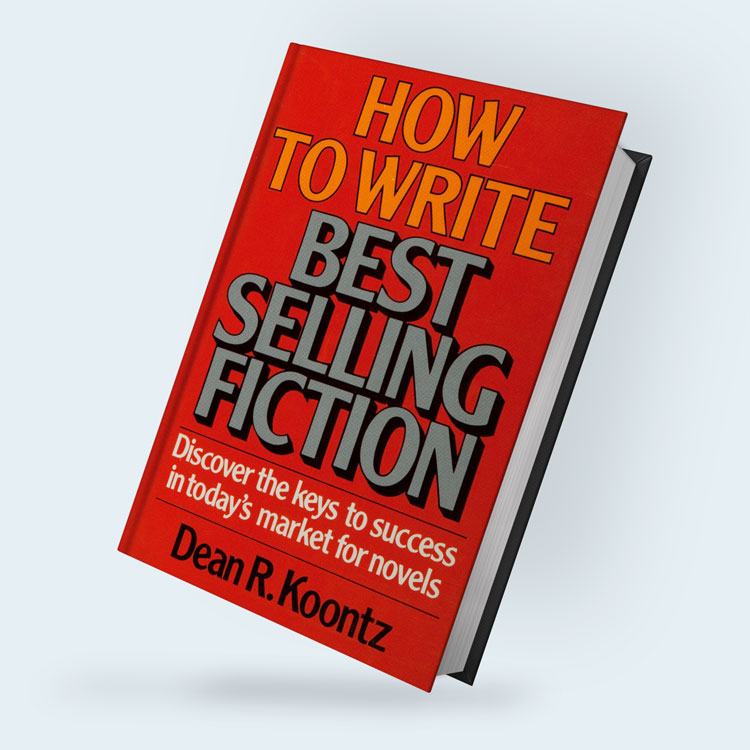
Find Your Voice: A Guided Journal, by Angie Thomas
In this book, the #1 New York Times bestselling author provides advice and best practices for developing a writing project that is authentic and true to oneself. The journal features step-by-step writing exercises and prompts that guide readers through discovering story ideas, creating memorable characters, realizing their story’s setting, shaping their plot, and writing their “zero draft.”
With its inspirational quotes and plenty of blank pages for personal writing, Finding Your Voice encourages readers to unleash their creativity and bring their unique stories to life.
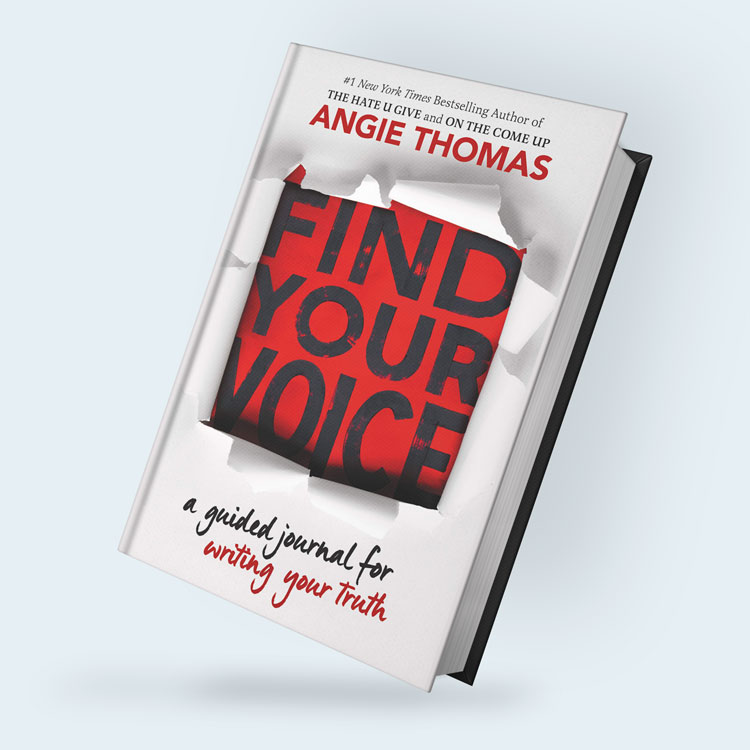
How to Write Like Tolstoy, by Richard A. Cohen
In How to Write Like Tolstoy, Richard A. Cohen takes readers on an engaging exploration into the minds of the world’s greatest writers, including William Shakespeare, Ernest Hemingway, Stephen King, and many more. The book is structured into various chapters covering topics such as openings, endings, revisions, irony, characterization, point of view, dialogue, and more.
Rather than an instructional how-to guide, it is a great collection of anecdotes, quotations, and sample passages that illustrate the techniques of some of the best writers in the history of literature.
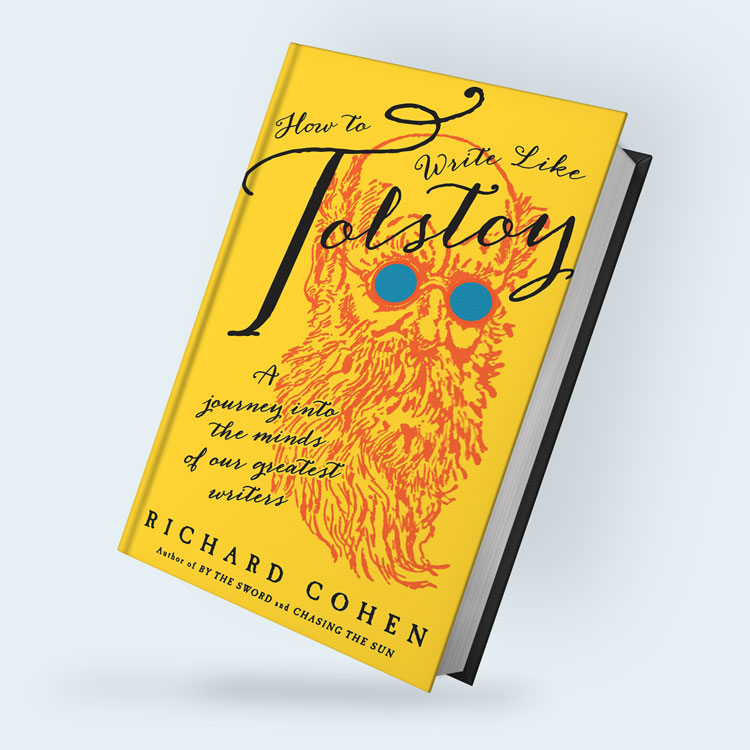
Craft of Writing Quiz (Easy)

Style & Grammar
Style and grammar guides are essential resources for writers looking to improve the quality of their prose. These books provide guidelines for crafting sentences, paragraphs, and scenes that are both grammatically correct and stylistically appealing.
Dreyer’s English, by Benjamin Dreyer
This book is a clever, informative, and lighthearted guide to writing good English from Random House’s experienced copy-editing chief. Dreyer covers everything from punctuation and grammar to tricky homophones, overused and often meaningless words (like very and really), English’s rules and non-rules, commonly misused phrases and words, and the proper use of the passive voice.
Beautifully written with stories, examples, and simple explanations, this guide beats The Elements of Style due to its entertainment value and its deep dive into the dos and don’ts in contemporary writing.
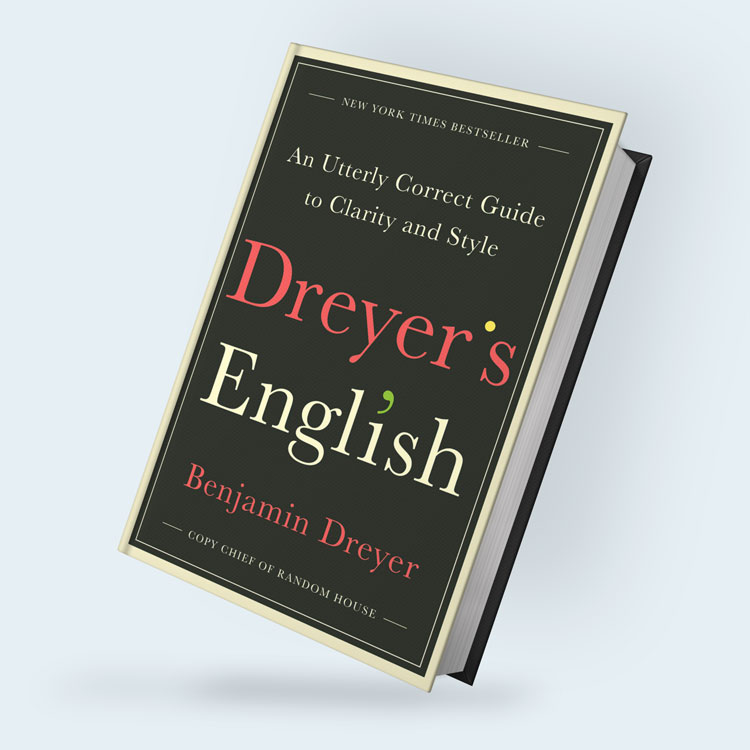
The Elements of Style, by William Strunk and E.B. White
The Elements of Style is a guide to grammar and writing style in American English, first published in 1918. It is widely regarded as the most influential and well-known prescriptive resource for English grammar and usage, and it is often mandated reading in high school and university writing classes.
The book contains eight fundamental rules of usage, ten basic principles of composition, formatting rules, stylistic issues, and a list of frequently misused words and phrases.
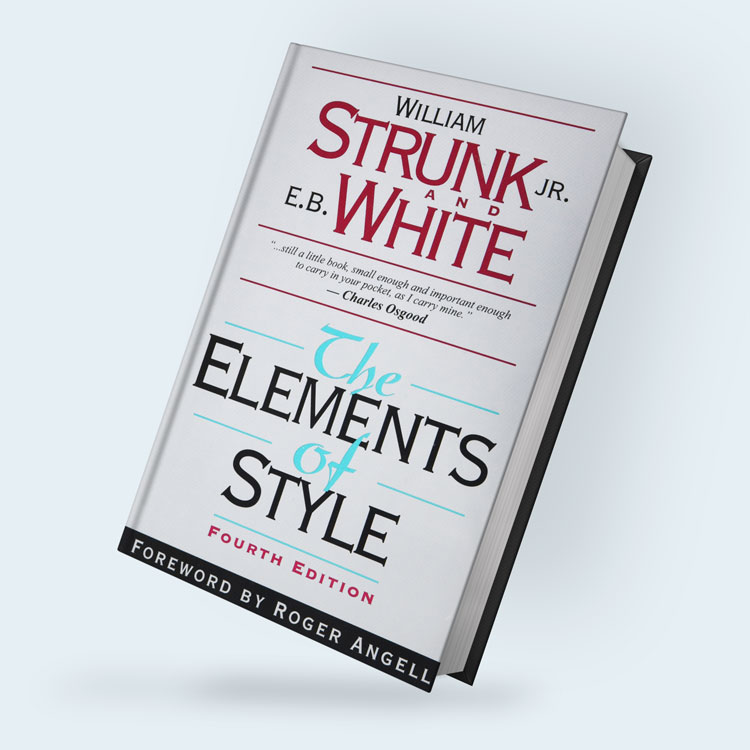
Sin and Syntax, by Constance Hale
This guide begins by introducing the basic rules of grammar and syntax, but Hale quickly moves beyond these fundamentals to explore the nuances of language and the art of storytelling. She covers topics such as the use of metaphors, the importance of rhythm and cadence, and the role of voice in writing.
She emphasizes clarity and precision, while also encouraging writers to experiment with their language and take risks. As such, this is a book that focuses more on writing style and voice than it does on grammatical rules.
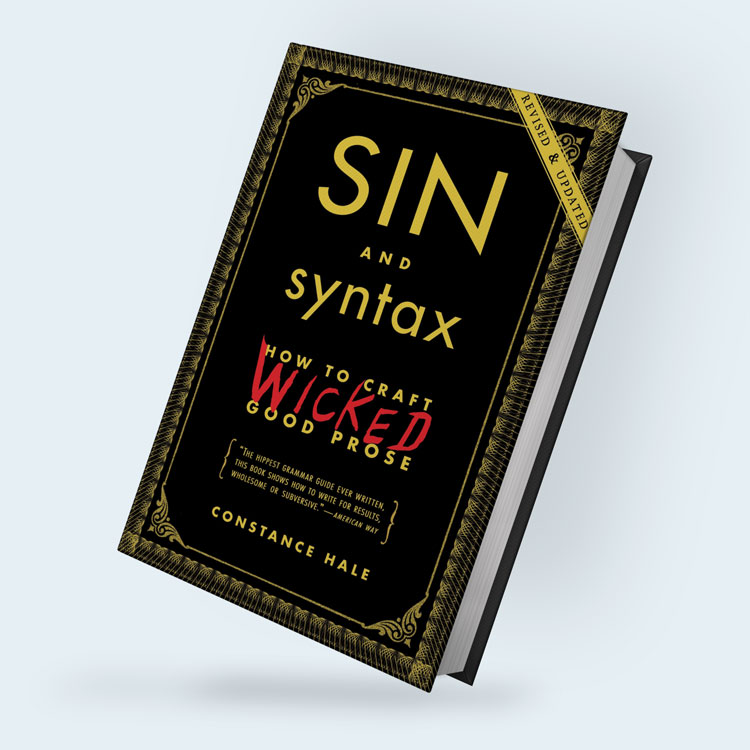
Eats, Shoots & Leaves: The Zero Tolerance Approach to Punctuation, by Lynne Truss
Eats, Shoots & Leaves is a best-selling book on the importance of punctuation in written communication. Truss argues that correct punctuation is crucial for clarity, precision, and effective communication, and that the decline in punctuation standards is a threat to language itself. The book is written in a witty and engaging style, with examples of common punctuation mistakes and their hilarious consequences.
Truss covers topics such as the apostrophe, the comma, and the semicolon and how they shape meaning, as well as the history of punctuation and its role in different writing styles.

Storytelling, Plot, and Structure
The books in this category offer insights into the elements of effective storytelling, such as plotting, pacing, plot twists, and emotional appeal, which will help writers craft stories that keep readers engaged from beginning to end. Whether you are a plotter or a pantser, there is something here for you.
Plot & Structure, by James Scott Bell
Written by a best-selling author, this is an excellent resource for writers of all levels looking to improve their plot development skills.
Bell starts with the essential elements of plot (including the inciting incident, important events, and the climax), and covers various plot structures, together with practical advice on how to use them effectively and adapt them to suit the needs of the story. All of that is topped off with techniques for creating engaging characters with their own goals and intriguing conflicts that drive the story forward.

Story Structure Architect, by Victoria Lynn Schmidt
Story Structure Architect is a comprehensive guide to constructing compelling stories that engage readers from the first to the last page.
It starts with an overview of the basic elements of story structure, including character, plot, setting, and theme. This is followed by more complex aspects of construction, such as creating an effective opening, developing strong character journeys, creating conflict, and building a satisfying ending. Readers will also find guidelines for a huge number of dramatic situations and plot structures to inspire creativity.
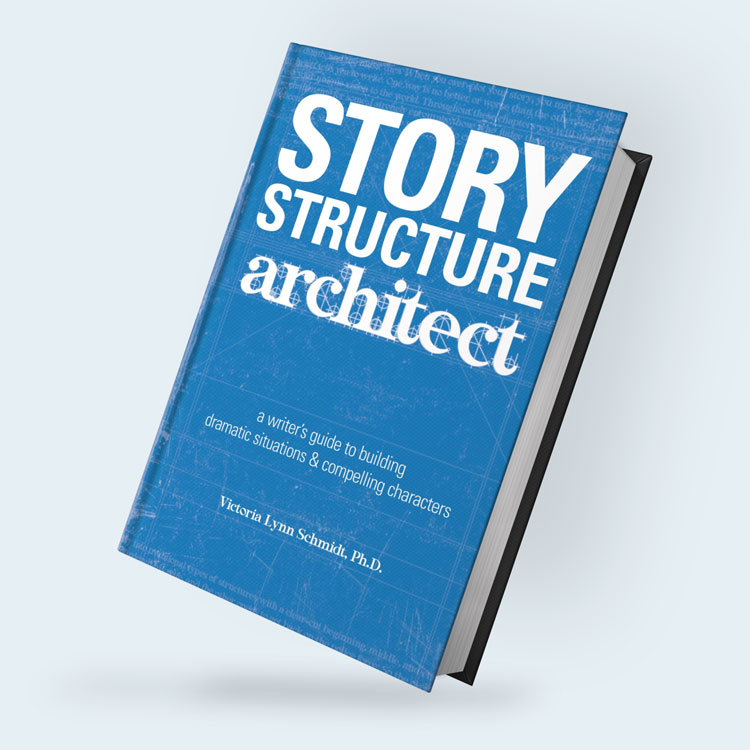
The Writer’s Journey, by Christopher Vogler
Vogler explains his view that all stories are based on the same basic narrative structure, which he calls the “Hero’s Journey.” This structure involves a hero who embarks on a journey, faces various obstacles, and ultimately undergoes a transformation.
Throughout the book, he provides numerous examples of the Hero’s Journey in action, drawing from a variety of films and literature. He also offers practical advice on how writers can use this structure to create engrossing stories.
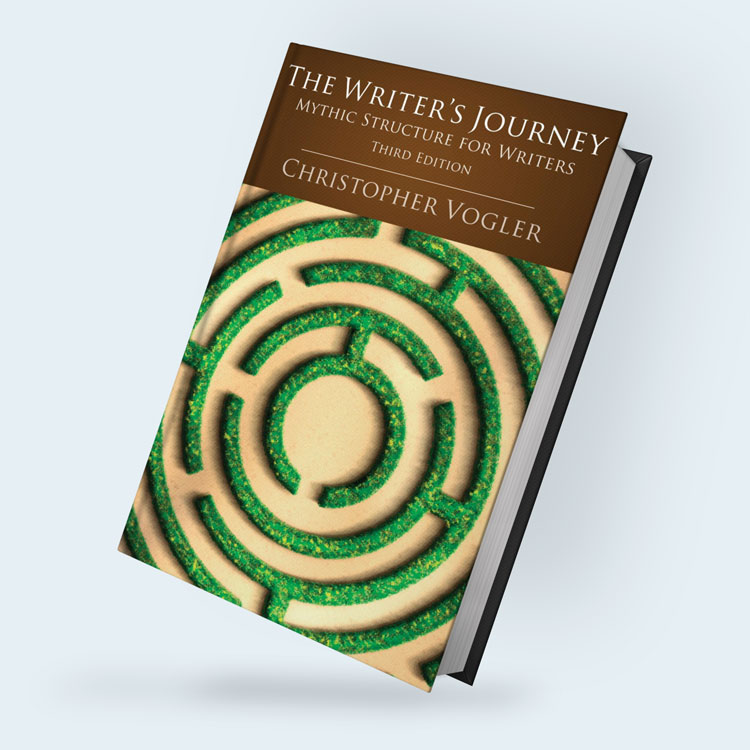
Save the Cat!, by Blake Snyder
Save the Cat! by Blake Snyder is a book about successful storytelling for screenwriters that can easily be used by any aspiring writer. The title refers to an opening scene in a movie where a character does something likeable, such as saving a cat, to gain audience empathy.
In addition, he runs through the 15 beats which make up the plotline of most stories, as well as guides to genres, scenes, conflict, and script repair techniques for those moments when writers lose their way.
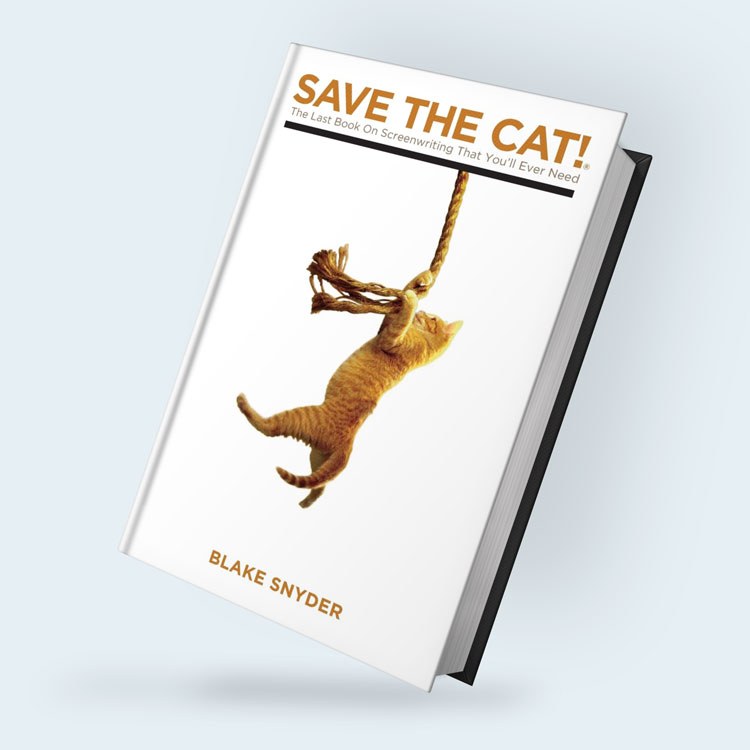
Take Off Your Pants, by Libbie Hawker
The book makes a case for creating a structured outline for a book before writing it. The author explains the benefits of outlining, such as helping writers to organize their ideas, identify plot holes, and avoid writer’s block.
She then provides practical advice on how to create an effective outline, including how to define the central conflict, develop strong characters, and structure the plot.
There are also discussions on subplots, pacing, backstory, figuring out the ending, and dealing with writer’s block.
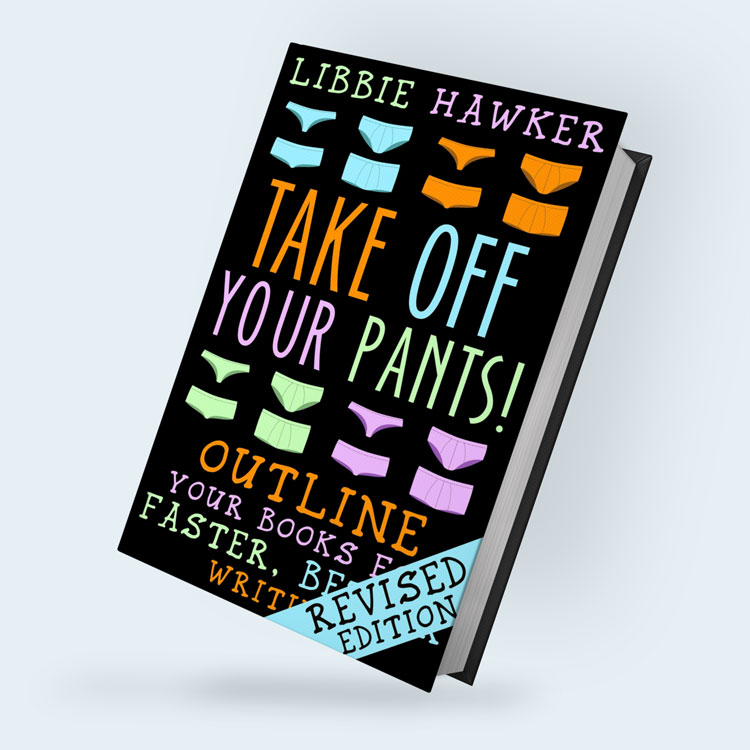
Story Genius, by Lisa Cron
Story Genius explores the relationship between neuroscience and storytelling by suggesting that the power of the brain, rather than a plot or a series of seat-of-the-pants revelations, should be used to construct a novel.
Cron emphasizes that a well-crafted story needs to resonate with the reader on a deep emotional level. To achieve this, she suggests that writers should focus on the protagonist’s internal journey and emotions rather than simply outlining the plot.
The book also shows how writers can use the power of sensory detail to immerse readers in the story, as the brain is wired to respond to sensory information.

The Emotional Craft of Fiction by Donald Maass
On the same theme of appealing to readers’ emotions, Donald Maass teaches the elements of fiction that engage readers emotionally. He provides exercises to help writers identify and enhance the tension in their own stories.
The book explores specific techniques for creating emotional depth in characters, including backstory, motivation, and inner conflict, as well as the importance of theme and the use of plot twists to move readers’ emotions.
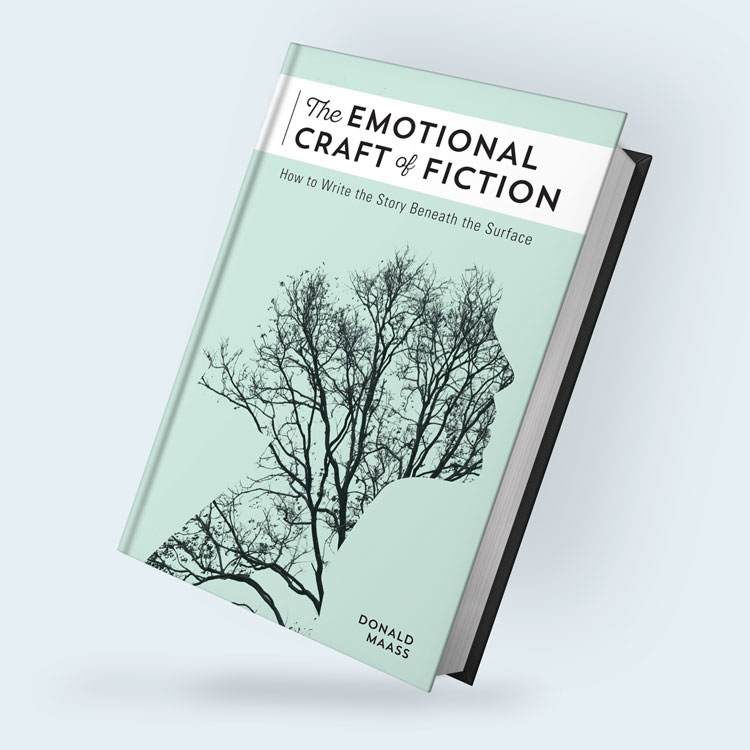
Character Development
By providing tools for writers to flesh out their characters and make them feel like real people, these books can help you create stories that are emotionally resonant for readers. They offer guidance on everything from creating realistic backstories and motivations to developing compelling character arcs over the course of a story.
Getting Into Character, by Brandilyn Collins
Novelist and actress Brandilyn Collins guides writers through the process of developing characters that are authentic and engaging. She starts with advice on creating their backstories and biographies, after which she delves into the importance of motivation, emotion, and action to develop fully realized persons.
The book also covers topics such as dialogue, voice, and point of view, and provides tips on how to use these elements to create characters that are distinct and memorable. To finish it off, there is advice on how to avoid falling into stereotypes and cliches in their construction.

The Art of Character, by David Corbett
The Art of Character is a great guide to creating convincing and unforgettable characters. The book begins with an overview of the basics of character creation, including the importance of their motivations, backstories, and personality traits. It then digs deeper into the psychology of a story’s characters, discussing topics such as emotional wounds, belief systems, and character arcs.
Corbett also offers practical advice on creating dialogue, using body language and nonverbal cues, and building relationships between characters.
The book includes exercises and writing prompts to help writers apply the concepts to their own work.
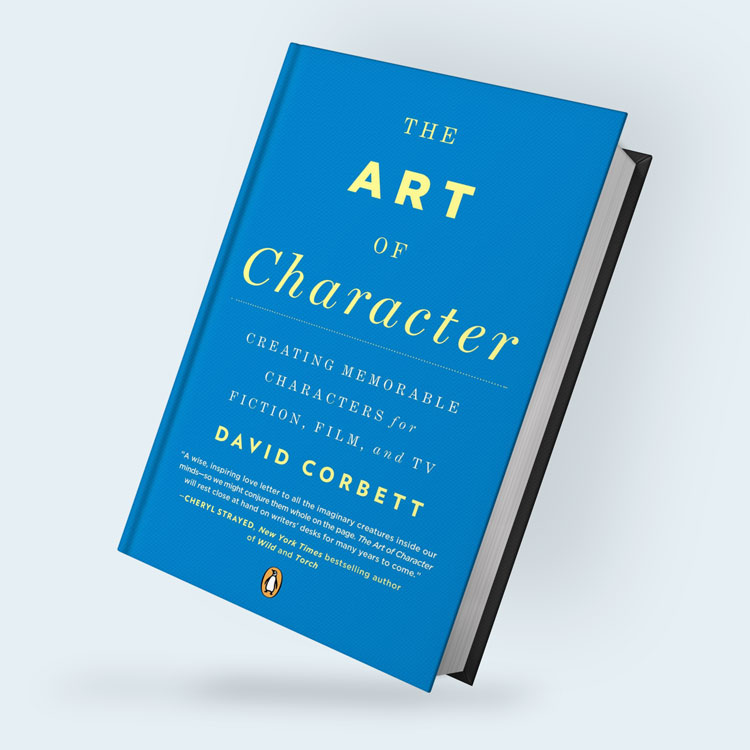
Career and Lifestyle
Books on the career and lifestyle of writers offer valuable insights into the realities of making a living as a professional. By providing advice and tips from successful writers who have navigated these challenges, the following books can provide aspiring authors with the knowledge and inspiration they need to achieve their goals.
Bird by Bird: Some Instructions on Writing and Life, by Anne Lamott
Bird by Bird is a heartfelt and humorous guide to the craft of writing and the struggles of life. Lamott, a well-known writer and teacher, shares her personal experiences and insights on the writing process, as well as on the challenges of living a creative life.
The book is divided into several sections, each addressing a different aspect of writing. Lamott covers everything from finding inspiration and developing characters, to dealing with writer’s block and the fear of failure. Throughout the book, she emphasizes the importance of perseverance, honesty, and self-compassion in the writing process.
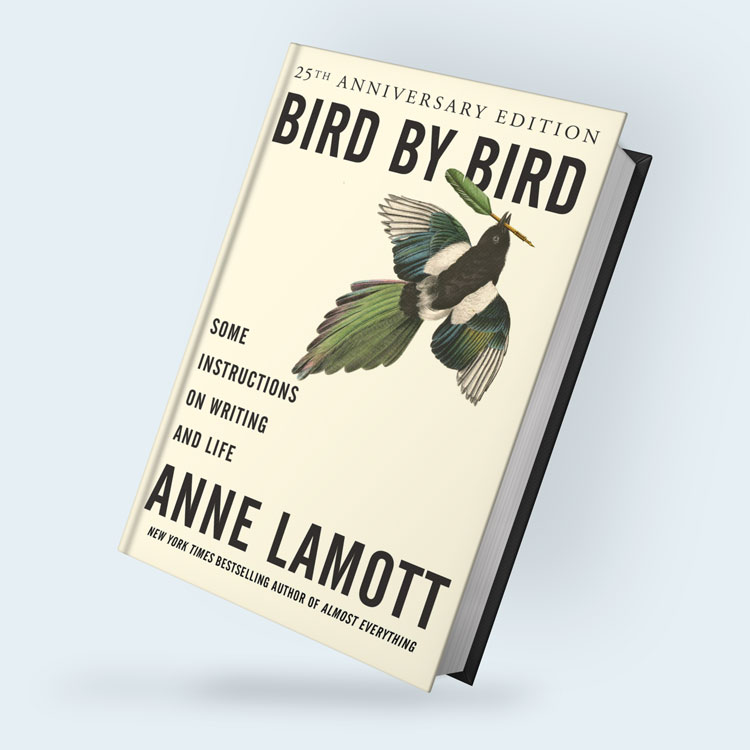
The Writing Life, by Annie Dillard
Structured as a series of essays, The Writing Life offers a candid and insightful look at the creative process of writing.
Dillard guides readers through the importance of discipline and commitment, hard work, seeking out inspiration by engaging with the world, the fear of failure, the struggle to find one’s voice, and the difficulty of balancing creative work with other responsibilities.
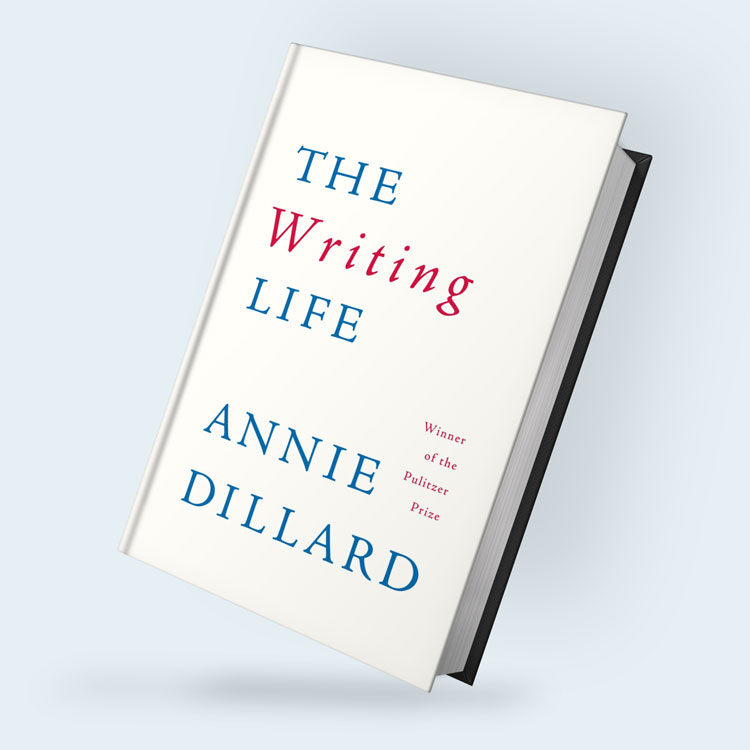
Published. The Proven Path from Blank Page to 10,000 Copies Sold, by Chandler Bolt
Published. offers a step-by-step approach to writing and publishing, and is designed for aspiring authors. The book is divided into three main parts: “Write”, “Publish”, and “Market”.
The Write section contains tips for overcoming writer’s block, creating a writing routine, identifying a target audience, and creating a compelling book outline.
The Publish section includes a guide to the self-publishing process, pros and cons of traditional versus self-publishing, and guidance on which option might be best for your book.In the Market section, Bolt shares tips for promotion, social media, book reviews, and ways to get your book into bookstores and libraries.

Become a Successful Indie Author, by Craig Martelle
Martelle, a successful indie author himself, draws from his own experience and that of other successful writers to provide practical advice on every aspect of indie authorship.
He offers concrete tips and strategies for setting realistic writing goals, managing your time, finding the right editor and cover designer, setting up a publishing company, navigating legal and financial issues, creating effective marketing campaigns, and building relationships with readers and other authors.
There is also a place for common challenges and pitfalls that indie authors face, such as writer’s block, burnout, and negative reviews.
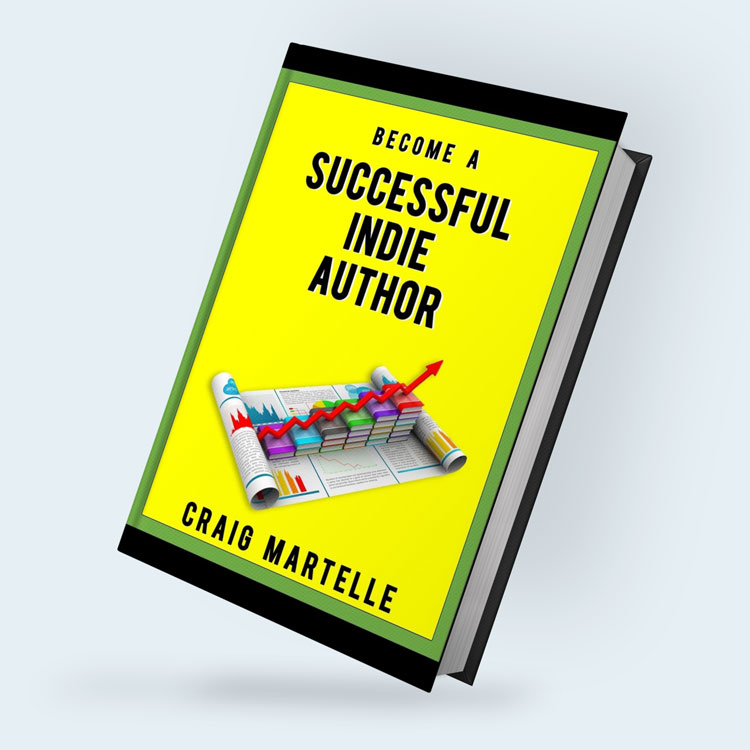
Revision & Editing
Books on revision and editing are required reading for writers who want to refine their craft and improve the quality of their work. Before agents and editors will touch them, authors must self-edit their stories to make sense, use a consistent point of view, show rather than tell, and use an appropriate style and tone.
Self-Editing for Fiction Writers, by Renni Browne and Dave King
Writers who want to learn how to edit their own work effectively must start here. Each point is illustrated with examples, many drawn from the hundreds of books Browne and King have edited.
The first part focuses on big-picture editing, such as making sure the plot is coherent and consistent. It includes help on ensuring that all scenes and characters serve to advance the main plot. The concept of “showing” versus “telling” also appears here, together with elements such as emotional writing, point of view, and pacing.
The second part delves into the details of line editing, including tips on improving dialogue, avoiding common grammatical errors, and varying sentence structure. The authors also provide guidance on how to create compelling characters by using vivid descriptions and character quirks.

The Story Grid: What Good Editors Know, by Shawn Coyne
In this guide, writers and editors can learn a step-by-step methodology for evaluating and improving the structure, pacing, and genre conventions of a story. Coyne introduces a Grid method, which involves analyzing a story at its macro and micro levels.
At the macro level, the Grid focuses on the five core elements of a story: genre, plot, character, theme, and style. Coyne explains how these elements work together to create a cohesive and engaging narrative.
At the micro level, the Grid analyzes individual scenes and sentences, evaluating them for clarity, tension, and purpose.
It provides practical examples from popular books and movies to illustrate how to apply the Story Grid method to a wide range of genres and styles.
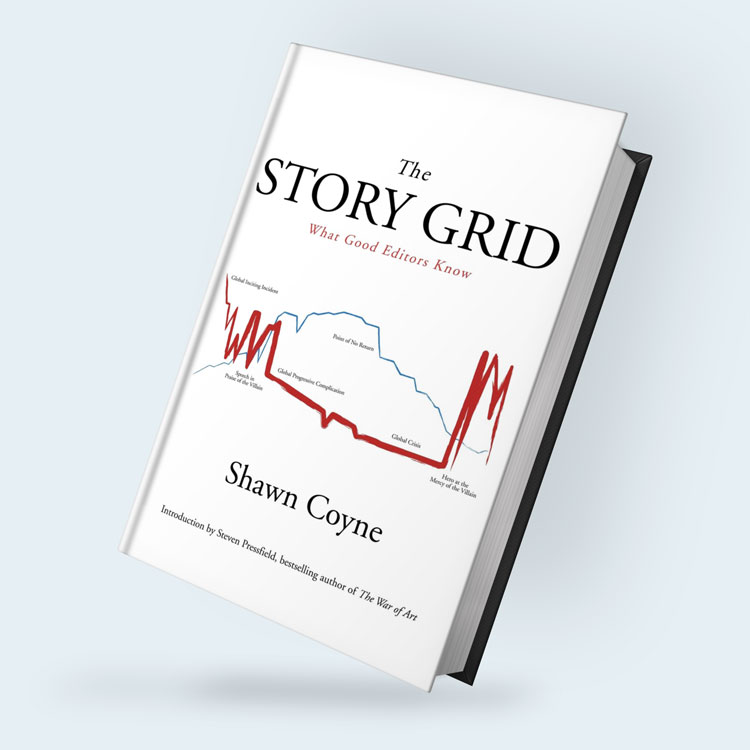
Inspiration & Creativity
The books in this category offer writers a wealth of strategies for generating ideas and overcoming creative blocks. With lots of exercises, prompts, and other techniques, they can help you tap into your imagination and find new and interesting ways to approach your work.
Zen in the Art of Writing, by Ray Bradbury
Zen in the Art of Writing is a collection of essays by Ray Bradbury, a prolific science fiction and horror writer, in which he shares his insights on writing and creativity.
In the first chapter, he talks about the importance of enthusiasm in writing, arguing that writers must be passionate about their work in order to create meaningful and engaging stories. Subsequent chapters deal with topics such as the value of short stories, the role of memory in writing, the development of ideas, finding your voice, creating your own style, and the importance of reading widely and deeply.
He encourages writers to tap into their own experiences and emotions when crafting their stories, and he argues that the act of writing can help writers better understand themselves and the world around them.
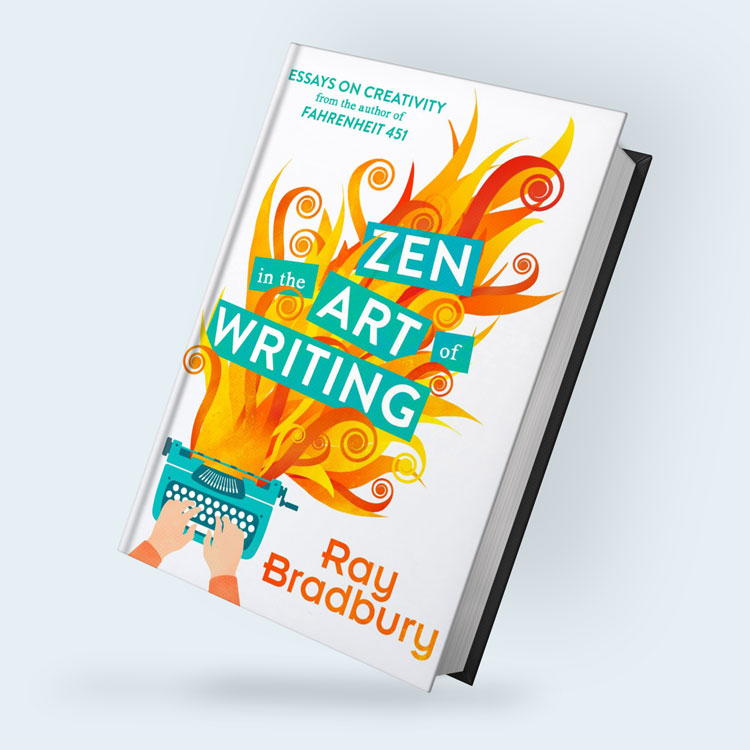
Steal Like an Artist, by Austin Kleon
This book is an inspiring and practical guide for anyone looking to tap into their inner creativity. The central premise is that creativity is not something that comes from within, but rather something that is developed through a combination of inspiration and imitation.
It runs through techniques to trigger ideas, such as borrowing and modifying them from other writers, taking notes on your experiences, paying attention to what is going on around you, staying open to new encounters, surrounding yourself with inspiring people and ideas, and writing every day.
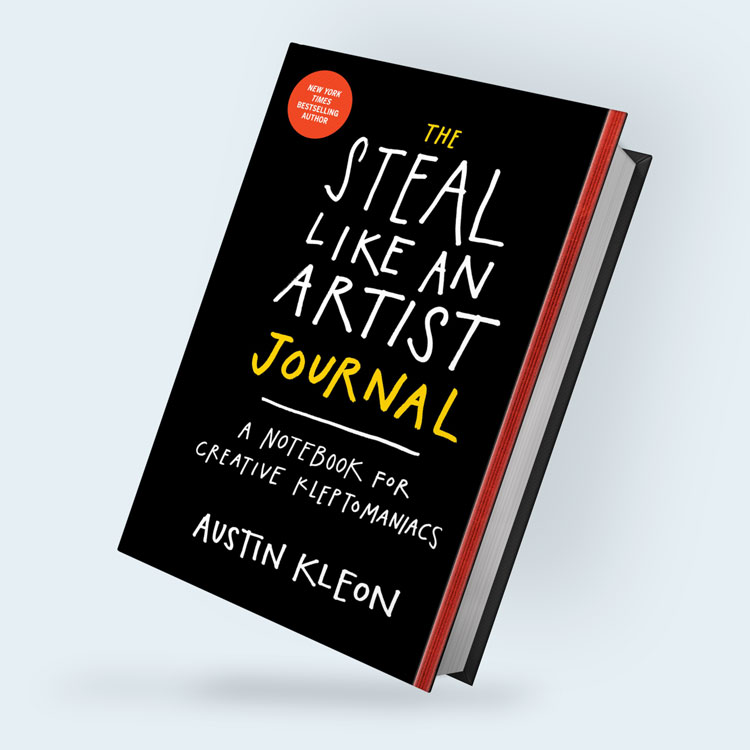
Writing Down the Bones, by Natalie Goldberg
With the subtitle of Freeing the Writer Within, this guide aims to inspire aspiring writers to unlock their creativity and find their authentic voices. Each chapter focuses on a particular aspect of the craft, such as developing a writing habit, overcoming self-doubt and writer’s block, and finding inspiration in everyday life. Goldberg also offers practical exercises and writing prompts designed to help readers develop their writing skills and tap into their creativity.
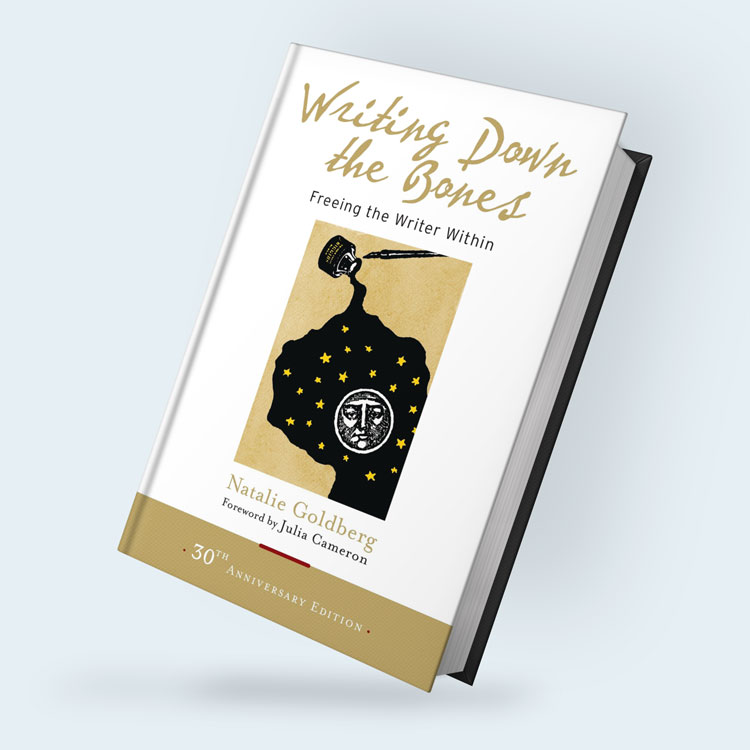
Craft of Writing Quiz (Hard)
